
Tin has the advantages of good plasticity, corrosion resistance, and non-toxicity. It is widely used in various industries. With the continuous development of science, the application of metallic tin has gradually expanded, resulting in a growing global demand for tin. However, with the reduction of easily selectable tin ore, improving the level of separation of fine and micro-fine tin ore resources is of great significance to the development of the tin mining industry. The following will introduce the types of tin ores and the separation of different tin ores to help you better understand the current status of tin ore beneficiation technology.
There are about 60 kinds of tin minerals in nature. The mineral resources used in the tin industry are mainly cassiterite sulfide ore and skarn tin ore. Since the types of tin deposits in different regions are different, the mineral properties are also different, which also leads to great differences in tin ore dressing technology. With the continuous progress and development of tin ore dressing technology, the dressing effect and indicators have been improved to a certain extent. Commonly used tin ore dressing processes include heavy medium pre-selection, cassiterite flotation, fine mud treatment, tailings re-selection, comprehensive recovery, etc.
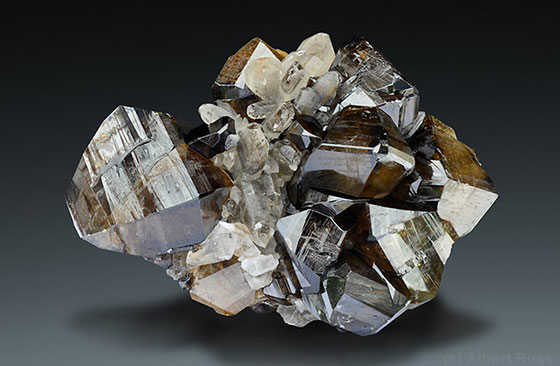
The beneficiation method of tin ore is mainly determined by its own characteristics. The density of cassiterite is generally greater than the density of paragenetic minerals, and gravity separation is a relatively ideal method. Cassiterite polymetallic sulfide ore also contains other useful metal minerals and gangue minerals, so it is also necessary to adopt flotation, magnetic separation, electric separation and other auxiliary separation processes. Generally, these auxiliary processes will form a joint beneficiation process with gravity separation to separate cassiterite, so that it can realize the comprehensive recovery of multiple useful concentrate products from the recovery of a single tin concentrate product, and improve the utilization efficiency of the ore.
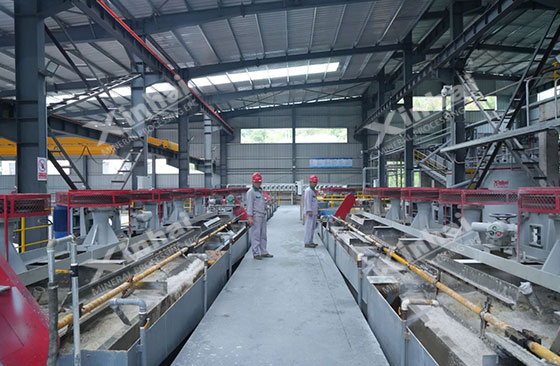
Iron-Tin ore is a skarn tin ore. The iron minerals contained in the ore are mainly magnetite, limonite, hematite, etc. These iron minerals will have a great impact on the separation of tin minerals. In order to achieve the effective separation of cassiterite and iron minerals, it is necessary to remove iron before separation, and then conduct re-selection on the iron-removed tailings to obtain tin concentrate. In iron-tin ore, cassiterite mineral particles are fine, present in ionic state and distributed in minerals such as magnetite, which makes it difficult to separate iron and tin. Adding magnetic separation can effectively solve this problem. The treatment of magnetic separation tailings chooses re-selection to obtain tin concentrate.

Tin ore is brittle and is prone to produce a large amount of fine-grained cassiterite and tin ore mud during grinding operations. These substances have a certain impact on the separation process. In order to maximize the recovery of tin ore, process upgrades are required. When the particle size of the tin ore after grinding is less than 19mm, the beneficiation index of the gravity separation operation drops significantly, and flotation methods are required to recover these minerals. It is precisely because the ore particle size is fine that gravity separation will have certain limitations on the recovery of fine-grained tin, and flotation can effectively recover this type of ore.
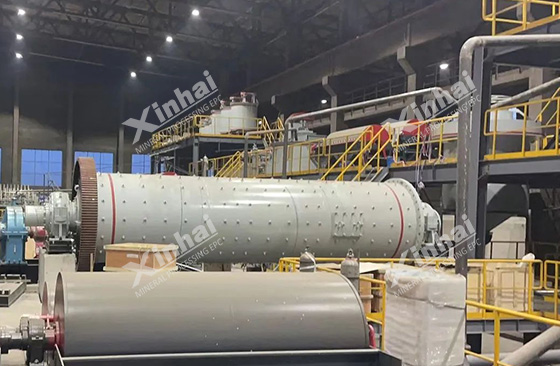
There are many types of tin ores, which need to be separated according to the properties of different tin ores. Tin ores often contain various iron oxide minerals, which cannot be effectively separated by flotation or gravity separation. Therefore, magnetic separation is added to the tin ore beneficiation process, which can effectively separate tin and iron. Wet high-intensity magnetic separators are widely used in the tin ore beneficiation process, mainly for the separation of raw ore, secondary concentrate and concentrate. For the separation of fine and micro-fine cassiterite, electroflotation, carrier flotation, flocculation, selective flocculation, centrifugal beneficiation and other methods can be selected.
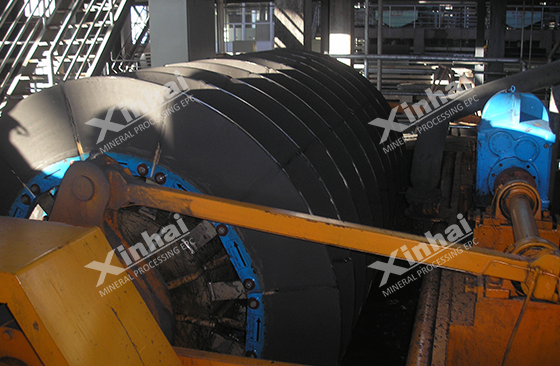
In summary, the above content briefly summarizes the types of tin ore and different beneficiation methods. Through these analyses, we understand that due to the complexity of its composition and the difficulty of sorting, tin ore usually requires a combination of multiple beneficiation technologies, such as magnetic separation, flotation, gravity separation, gravity separation + flotation, electrostatic separation, chemical beneficiation, or even the combined use of two or more methods, in order to efficiently obtain high-quality tin concentrate. These process methods have their own advantages and disadvantages. In actual operation, the beneficiation plant needs to comprehensively select the most appropriate process flow according to the nature of the ore, mining conditions and economic benefits to ensure the best beneficiation effect.
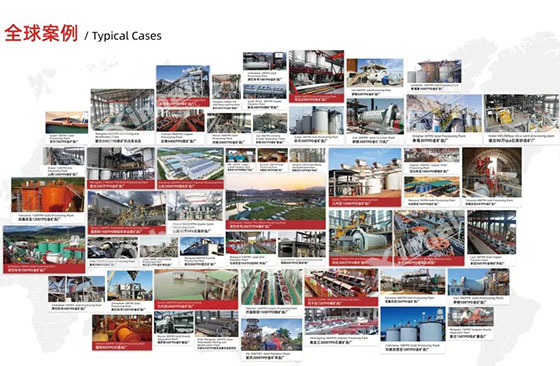
Through reasonable process design and advanced mineral processing equipment configuration, not only can the comprehensive utilization rate of tin ore resources be improved, but also the production cost can be effectively reduced and the economic benefits of the enterprise can be increased. With years of experience and technical accumulation, Xinhai Mining can provide EPC+M+O service for tin ore processing, helping customers achieve efficient mineral recovery and better return on investment.
To find out more about our products and solutions, please fill out the form below and one of our experts will get back to you shortly.